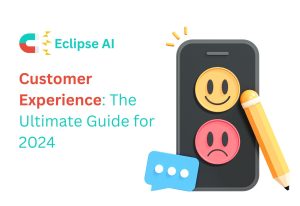
Customer Experience: The Ultimate Guide for 2024
Unlock the secrets to superior customer experience with this ultimate guide for businesses. Dive into effective strategies, technological innovations in CX, and building emotional connections to boost customer loyalty and drive growth.







